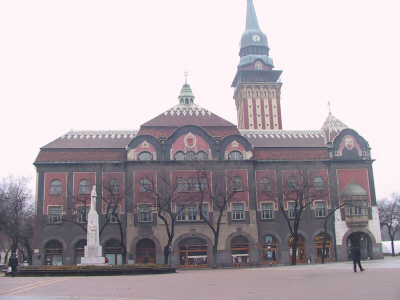
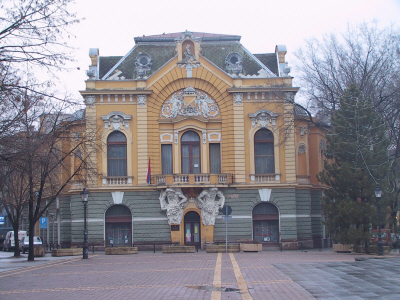
|
Impressions |
January 2006 |
History of a city
Subotica. A provincial town in the north of today's Serbia, close to the border to Hungary. Created in the 15th century by Subotię (other sources mention it even earlier) it became a city for Serbs, Turks, Hungarians, Dalmatians, Austrians, Germans, Bunjewanzes, Slovenes, Slovaks, Jews and Gypsies alike. From 1542 to 1686 the Turks reign in the city.
 |
 |
| The city hall with its tower | Today's library |
| The large city hall houses the town's administrative offices, but also banks, shops and the museum. Also the clock tower can be visited. The decoration outside gives a hint about the look inside. | |
1743 the city is renamed Sancta Maria Polis, 1778 Maria-Theresianopel. Then comes the revolution of 1848. The Hungarians want their independence form Austria - and the Serbs from Hungary: they want an independent region Serbia related directly to the Habsburg. The Banat is created as independent crown region, going till todays Romania. The population consists of 28% Romanians, 24% Germans, 23% Serbs and 16% Hungarians.
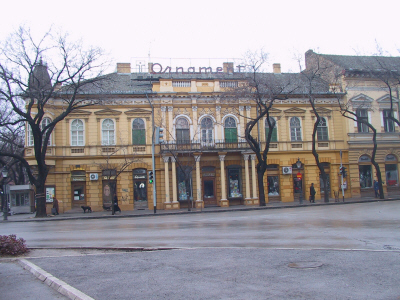 |
|
| The center of the city has not changed much. Few buildings have been destroyed by wars - and there was no money to build new ones. | Even some small streets have remained untouched by time. |
With the Austrian-Hungarian reconciliation ("Ausgleich") 1867 the city becomes Szabadka. The area becomes Hungarian, the crown region is dissolved. And the Hungarians advocate their culture.
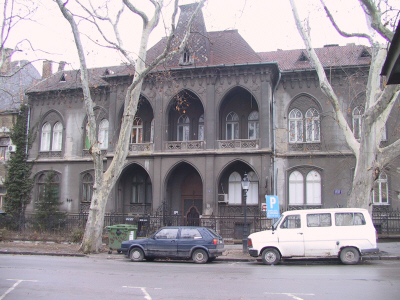 |
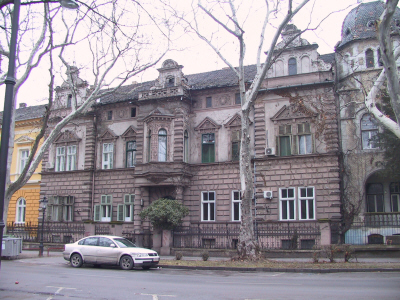 |
| Around the railway station many large and impressive buildings have been built. Important tradesmen who had to travel a lot or did business with other cities had a lot to gain if they were closely located near the railway, which became the new economic center of the cities. | |
Subotica is the third largest city of Hungary. Rich tradesmen for wheat or fruit live in this town. Most of the buildings are from the time at the turn of the century in Secessionist style. Never before or after the city was as rich. The marvelous city hall, built around 1910 in "art nouveau" style remains till today. Remarkable are the glass windows of the Pest master Max Roth and the paintings showing Hunyadi, Rįkóczi, Kossuth and the beloved empress Maria-Theresia.
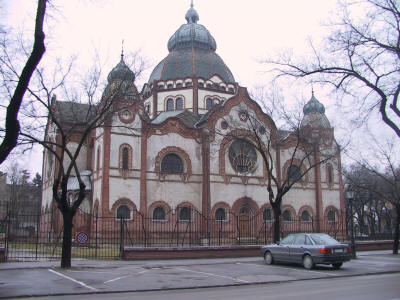 |
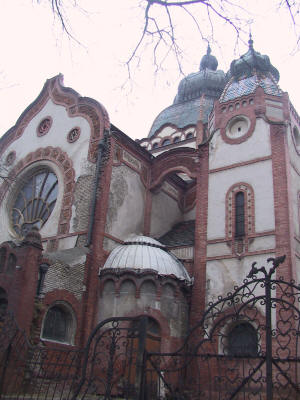 |
| Subotica was the home of a large Jewish
community. After World War I many Hungarian Jews settled in Subotica to
escape the anti-Semitism of the new Hungarian state. The synagogue was
the first art nouveau building of the city designed by Dezso Jakab and
Marcell Komor.
The monument of the victims of Fascism shows German, Hungarian and Serbian names. |
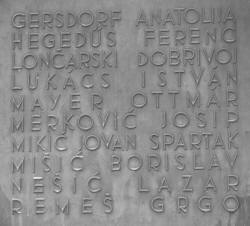 |
1920 the city becomes Yugoslavian, the name changes into Subotica. 1941 the German troops occupy Yugoslavia, the area becomes part of Hungary and the name returns to be Szabadka. 4000 Jews live in the city - very few will survive. 1945 Tito and his partisans occupy the city who returns to Yugoslavia and the name to Subotica. Bloody days follow. 40 000 Hungarians leave the Vojvodina and move to today's Hungary. 40 000 Serbs cross the border in the opposite direction.
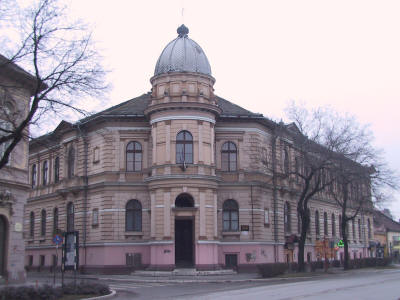 |
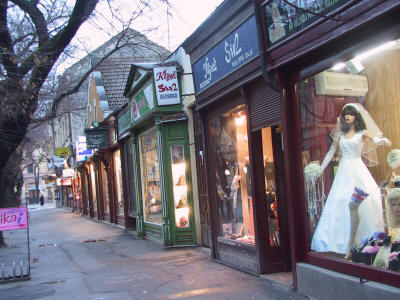 |
| Important cities had always their quantities of large school buildings. | Even so there are many modern shops, some old ones have remained over time. |
Then the times become more peaceful, also because there is more liberty and a higher living standard in socialist Yugoslavia compared to communist Hungary. But with the Balkan wars the tensions come back. 46 000 Hungarians leave the Vojvodina, around 300 000 remain.
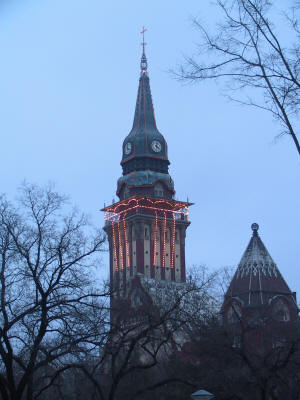 |
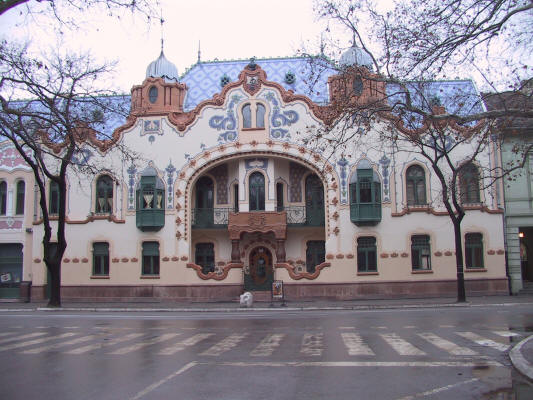 |
| Evening around city hall | The most beautiful building of Subotica is Likovni
suskret, an art gallery. The architect was Ferenc Raichle. |
Today the there are 20 catholic, one reformed, one protestant and two orthodox churches in the Subotica region (Source: City Website). There are 83 Hungarian language grammar schools, 29 multilingual lower high schools and maybe soon one Hungarian speaking upper high school. Subotica is the fifth largest city of Serbia, one third of their inhabitants are Hungarian.